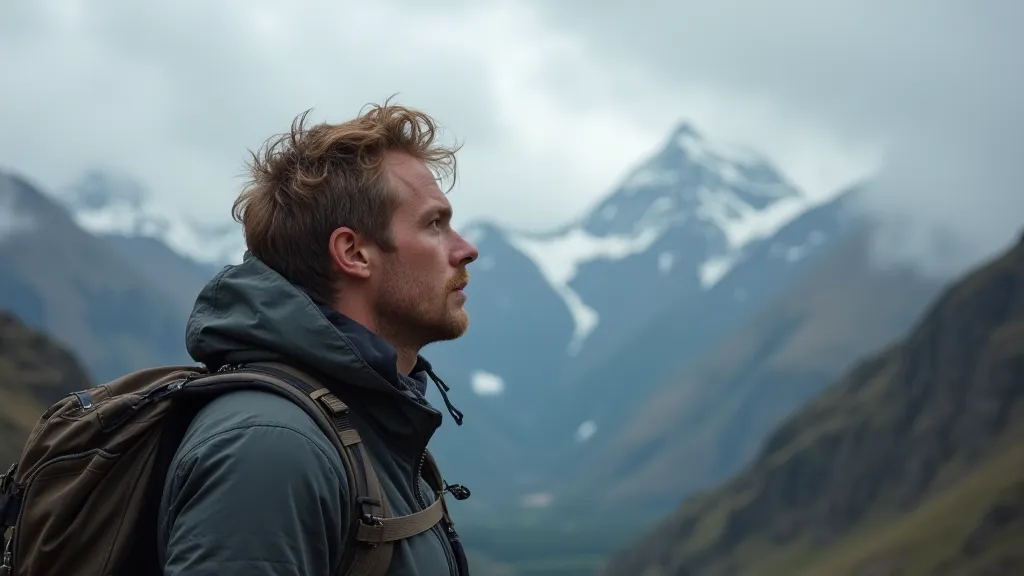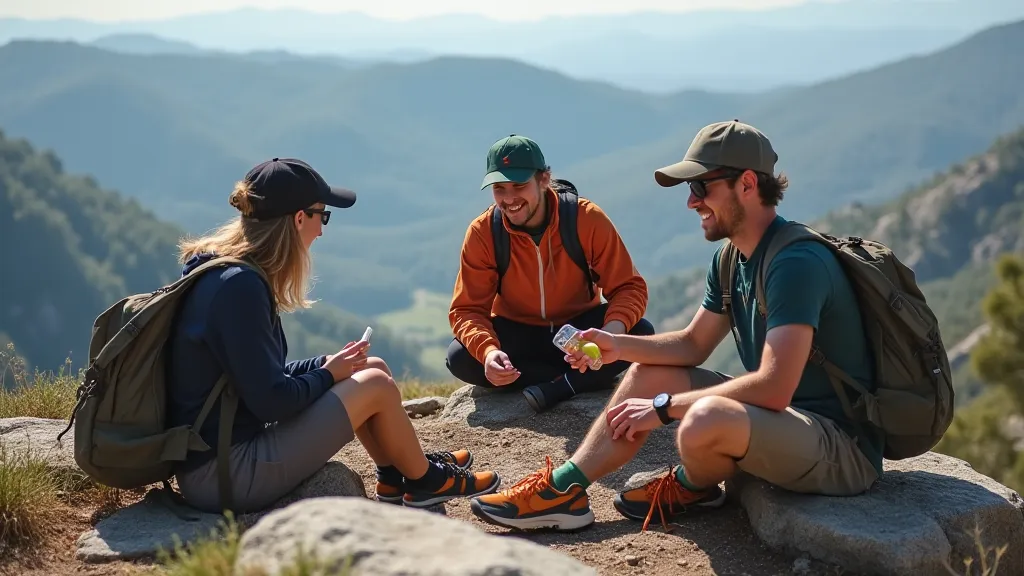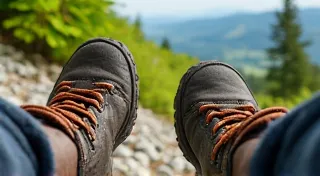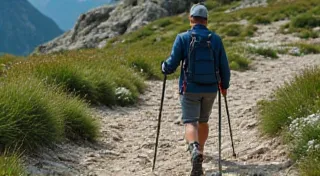Dealing with Altitude Sickness While Hiking
Hiking at higher elevations offers breathtaking views and a unique outdoor adventure, but it also presents a significant challenge: altitude sickness. For those unfamiliar with the effects of thinner air, altitude sickness can quickly turn a dream hike into a miserable and potentially dangerous experience. This article will cover what altitude sickness is, who's at risk, how to prevent it, and what to do if you experience symptoms. Preparing for a high-altitude trek often involves meticulous planning, and that extends to the gear you choose. A well-equipped hiker is a safer hiker, and understanding your needs can be the difference between a memorable experience and a medical emergency. Consider exploring resources like the "Ultimate Guide to Backpacking Gear for Thru-Hikers" to ensure you’re adequately prepared for the physical demands of your journey.
What is Altitude Sickness?
Altitude sickness, also known as Acute Mountain Sickness (AMS), occurs when your body struggles to adjust to the reduced oxygen levels at higher altitudes. As you ascend, the air pressure decreases, meaning there are fewer oxygen molecules available. Your body needs time to adapt by producing more red blood cells to carry oxygen. When this adjustment is too rapid, symptoms of altitude sickness can arise. The rate of your ascent is a crucial factor, and minimizing unnecessary weight in your pack can help. Every ounce matters when you're dealing with the physiological stress of higher elevations. Beyond oxygen levels, the gear you carry is also impacted by the environment – solar chargers, for example, are a must for prolonged treks where access to power is limited. You might find the "Best Solar Chargers for Hiking and Backpacking" a valuable resource.

Who is at Risk?
Anyone who ascends rapidly to high altitudes can be susceptible to altitude sickness. While some individuals are more prone than others, there’s no way to predict exactly who will be affected. Factors that can increase your risk include:
- Rapid Ascent: Ascending quickly is the biggest factor.
- Previous History: Having experienced altitude sickness before makes you more likely to experience it again.
- Physical Fitness: While being fit helps in many ways, it doesn't guarantee immunity to altitude sickness. It’s a factor, but not the deciding one. Even seasoned hikers can be caught off guard by the demands of altitude.
- Individual Physiology: Some people are simply more susceptible. Genetic factors and pre-existing medical conditions can play a role. The mental preparedness for a trek can be as important as the physical - knowing what to expect and being ready to adapt is key. Think about the stories we tell about past adventures; the " Gear as Ghost: The Haunting Presence of Past Adventures" – often, the lessons learned come from unexpected challenges, and altitude sickness is a serious one to anticipate.
Symptoms of Altitude Sickness
Symptoms typically appear within 6-24 hours of ascending to a higher altitude. Mild symptoms can be mistaken for normal hiking fatigue, so it's important to be aware of the possibility. It's vital to recognize these initial warning signs, as ignoring them can lead to more serious complications. Planning a long-distance trail like the Pacific Crest Trail requires extra preparation; a proactive approach is the best defense against unexpected issues.
- Mild Symptoms: Headache, nausea, fatigue, dizziness, loss of appetite, difficulty sleeping.
- Severe Symptoms (require immediate descent): Severe headache that doesn't respond to medication, vomiting, shortness of breath at rest, confusion, loss of coordination. These are red flags that demand immediate action. Understanding the resources available to you on the trail is important, and planning your route with potential bail-out points in mind can provide peace of mind.

Preventing Altitude Sickness – Acclimatization is Key
The best way to prevent altitude sickness is to acclimatize gradually. Here’s how: The importance of proper planning cannot be overstated. Many hikers tackle iconic trails, and the "Pacific Crest Trail (PCT) Essentials: A Comprehensive Guide for First-Timers" provides a framework for ensuring you're prepared for the challenges ahead. Don't underestimate the role that mental fortitude plays; understanding the potential risks and developing strategies for mitigating them can significantly enhance your overall experience.
- Ascend Slowly: Ideally, limit your ascent to around 1,000-2,000 feet (300-600 meters) per day above 10,000 feet (3,000 meters). This allows your body to gradually adjust to the reduced oxygen levels. Consider breaking up your ascent into smaller stages, allowing for rest days and opportunities to acclimatize.
- Rest Days: Incorporate rest days into your itinerary, especially after significant ascents. These days shouldn’t be idle; use them for gentle activity like walking around a lower-elevation town or exploring the local area.
- Hydration: Drink plenty of water. Dehydration can worsen symptoms. Carry a reliable water filtration or purification system to ensure access to safe drinking water.
- Avoid Alcohol & Sedatives: These can impair your body's ability to acclimatize. They also dehydrate you.
- Carbohydrate-Rich Diet: Carbohydrates are easier for your body to process at altitude. Pack plenty of energy bars, trail mix, and other easily digestible foods.
What to Do If You Experience Symptoms
If you start experiencing mild symptoms of altitude sickness: Knowing how to respond to early warning signs is crucial for a safe and enjoyable trip. The ability to adapt and make informed decisions on the trail is a hallmark of an experienced hiker.
- Stop Ascending: Don’t go any higher. Even a small amount of additional altitude can make a difference.
- Rest: Take it easy and avoid strenuous activity. Allow your body time to recover.
- Hydrate: Drink more water. Electrolyte replacement drinks can also be beneficial.
- Descend if Necessary: If symptoms worsen, descend to a lower altitude immediately. This is the *most* effective treatment. Don't hesitate to turn back; your health and safety are the top priorities.

Important Note
Altitude sickness can be serious. If you're planning a hike at high altitude, research the elevation and potential risks. Listen to your body, be prepared to descend, and don't hesitate to seek medical attention if needed. Knowing the signs and taking preventative measures can ensure a safe and enjoyable outdoor adventure. Remember, preparation is the key to success, and understanding your limitations is just as important as pushing yourself to achieve your goals. Every trip offers a chance to learn and grow, and even a minor setback can provide valuable insights for future adventures.





